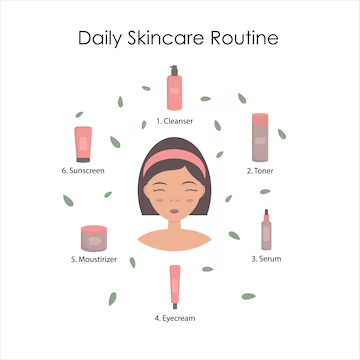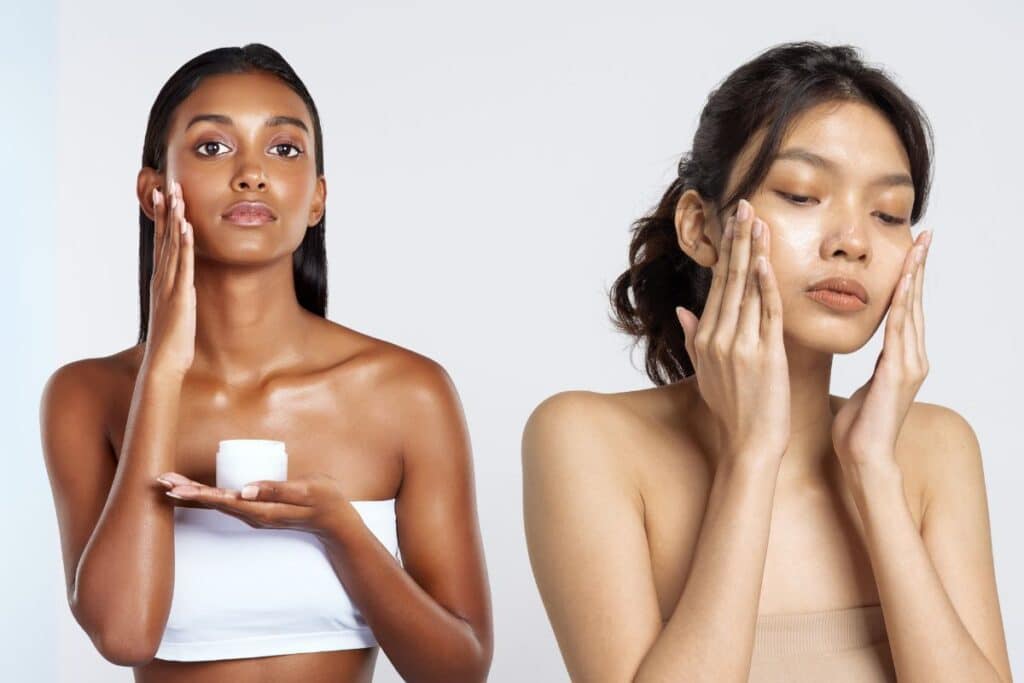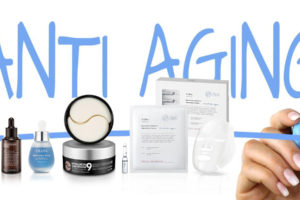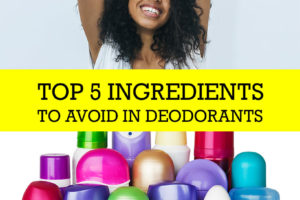In the global beauty industry, skincare philosophies vary greatly depending on cultural values, historical influences, and scientific priorities. Two of the most influential skincare traditions come from Europe and South Korea. Though both regions offer high-quality products and have passionate followers, the approach to skincare is fundamentally different — from product development to daily routines and skin goals.
Understanding the contrast between European and Korean skincare can help consumers make better choices and customize routines that work best for their unique skin needs.
Philosophy and Mindset
One of the most significant differences between European and Korean skincare lies in the underlying philosophy. In Europe, skincare is often seen as treatment-focused. Consumers tend to reach for products once a skin concern appears — whether it’s acne, dryness, or signs of aging. The approach is more corrective, and many products are formulated with potent active ingredients aimed at quickly solving the problem.
In contrast, the Korean skincare philosophy is rooted in prevention and long-term care. The goal is to maintain healthy, hydrated skin through consistent, gentle care. K-beauty emphasizes early intervention, meaning people begin skincare routines at a young age — sometimes as early as 12 or 13 — to prevent future issues like wrinkles or pigmentation.
Product Formulation
European skincare products often contain higher concentrations of active ingredients like retinoids, AHAs, or salicylic acid. These ingredients are effective but can be harsh, especially for sensitive skin types. Many European brands also use fewer steps in their routines, relying on multi-functional products that serve multiple purposes.
On the other hand, Korean products are generally designed to be layered. They focus on hydration, nourishment, and skin barrier support. The ingredient lists often include natural extracts, fermented ingredients, snail mucin, centella asiatica, and propolis. Korean formulations tend to be milder, allowing users to use multiple products without overwhelming the skin.
K-beauty is also more innovative and fast-paced, with new product launches and trends appearing almost monthly. European skincare evolves more slowly and conservatively, with a greater emphasis on dermatological research and clinical trials.
Skincare Routine Structure

Perhaps the most well-known difference is the length and structure of the daily skincare routine.
A typical European skincare routine consists of 3 to 5 steps:
- Cleanser
- Toner or essence (optional)
- Serum or treatment
- Moisturizer
- SPF (in the morning)
This routine is designed to be efficient and focuses on addressing one or two primary skin concerns.
In contrast, the Korean skincare routine can include up to 10 steps:
- Oil-based cleanser
- Water-based cleanser
- Exfoliator (1–2 times a week)
- Toner
- Essence
- Serum/Ampoule
- Sheet mask (2–3 times a week)
- Eye cream
- Moisturizer
- Sunscreen (in the morning) or sleeping mask (at night)
Each step serves a specific purpose, and the routine is built on the idea of layering lightweight products to maximize hydration and effectiveness.
Sun Protection
Sun protection is taken seriously in both cultures, but with slightly different approaches.
In Europe, sunscreens are regulated as medical products, and their efficacy is heavily tested. European sunscreens often include advanced UVA and UVB filters like Tinosorb and Mexoryl, which provide broad-spectrum protection. However, daily sunscreen use is not always culturally ingrained.
In Korea, sunscreen is seen as a daily essential, regardless of weather or season. Korean sunscreens are lightweight, cosmetically elegant, and often include skincare benefits like brightening or moisturizing. They’re designed for daily reapplication and tend to feel more comfortable under makeup.
Attitude Toward Aging

European beauty ideals often embrace a more clinical approach to anti-aging, focusing on ingredients like retinol, peptides, and vitamin C. There is a strong market for invasive or semi-invasive procedures, such as microneedling or chemical peels, with the goal of reversing signs of aging.
Korean skincare, in contrast, focuses on “youthful glow” and skin resilience. Instead of aggressively targeting wrinkles, the emphasis is on keeping the skin plump, luminous, and healthy for as long as possible. Many anti-aging K-beauty products use gentler ingredients that support skin elasticity and hydration without irritation.
Innovation and Packaging
K-beauty is well-known for its innovation in packaging and product delivery. From cushion compacts to sleeping masks and sheet masks, Korean brands constantly introduce new ways to apply and experience skincare. This innovation makes the skincare process fun, engaging, and trend-driven.
European brands tend to stick to more classic, minimalistic packaging, emphasizing function over novelty. While they may be slower to adopt trends, they often invest heavily in clinical testing and pharmaceutical-grade formulations.
Price and Accessibility

Korean skincare products are often more affordable, thanks to mass production and high demand. Many K-beauty brands offer quality formulations at reasonable prices, making it easier for consumers to experiment with different products and build multi-step routines.
European skincare, especially luxury or pharmaceutical brands, can be significantly more expensive. The focus is often on fewer but more potent products, making the overall cost-per-step higher.
Final Thoughts
Both European and Korean skincare approaches offer valuable insights and benefits. For those who prefer minimal routines with high-potency ingredients, European skincare might be the better fit. For others seeking a gentler, preventative, and layered approach, K-beauty provides a more holistic and enjoyable experience.
As the demand for K-beauty continues to grow globally, many retailers and spas are turning to a korean skincare wholesale exporter to access the latest trends and authentic products. Whether you’re a beauty enthusiast or a business owner, understanding these key differences can help you make smarter choices — for your skin or your store.





Leave a Reply
Your email is safe with us.